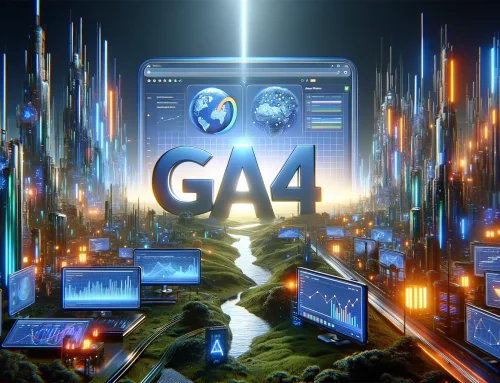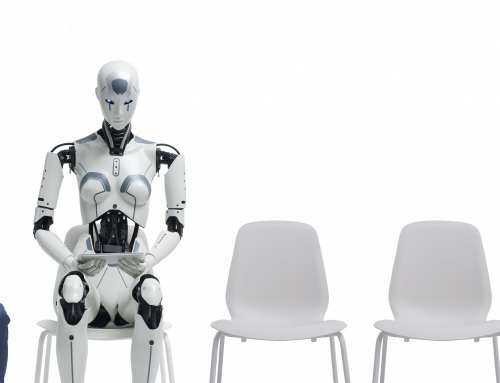What is a Chief Marketing Technologist, and do I Need One?
In the 90s, newly founded IT departments were focused almost exclusively on administrative work – recording and tracking things like sales, stock and accounts. Marketing, meanwhile, relied upon what we now consider the ‘traditional’ channels of TV, radio and print advertising.
In the 2000s, a change: IT and marketing departments added websites to their list of responsibilities. The line between technology and marketing begins to blur.
In the 2010s, social media and smart devices were added to the mix. Successful companies have a carefully curated online presence, and may even throw their own app into the mix. The IT and marketing departments work more closely together than ever.
And so we come to our current decade. In the 2020s, marketing and technology have almost completely converged. Almost everything that a modern marketing department does is based in technology in one way or another, whether we’re talking SEO, social media content, email open rates or Google Analytics.
And this rather sudden change is one that has often caused issues.
The challenge of merging IT and marketing
On the face of it, the IT and marketing departments are two very different beasts. IT focuses on the back-end, burying itself in hardware and software, zeroes and ones. Marketing, on the other hand, enjoys life at the front-end, focusing on the interaction between brand and audience. If this were a high school movie, IT would be the clever introvert at the back of the class, marketing the social butterfly at the front.
This personality difference can become a problem in an age when marketing is dependent on technology. Today there are significant areas of IT and marketing overlap, including:
- Analytics: Modern marketing is built on analytics. The most effective campaigns are adjusted on the fly and in accordance with the numbers.
- Automation: Digital marketing can and should be automated, as it allows one person to do work that previously demanded many more.
- Engagement: Marketing campaigns should be targeted to specific demographics, and your website should be search engine optimised for the correct keywords.
- Evolution: Modern marketing is a technological arms race, and true success is found at the leading edge of innovation.
In short, modern marketers are faced with a range of new technological challenges, and are increasingly leaning on IT departments to solve them. Unfortunately, a disconnect remains between these two teams.
Who can help to bridge the gap? Enter the Chief Marketing Technologist (CMT).
What is a Chief Marketing Technologist?
A Chief Marketing Technologist is a person who has a deep understanding of marketing, while also understanding the limitations, capabilities and potential of technology. They handle IT and marketing talk with equal ease, and can help one side understand the other. They also have a deep interest in where marketing technology is headed, and aren’t hesitant to try something new.
Consider a tool like Google Analytics. Using it demands a good level of computer literacy – something more often associated with an IT department – but the data and insights generated by the tool won’t mean much to an IT professional, and instead, need to be interpreted and acted upon by the marketing department.
Think of a brand that is attempting to develop a social media strategy. Which platforms should they focus their efforts on? Which are the best tools to manage social profiles efficiently and effectively? Again, these questions can only be answered by someone with expertise in both IT and marketing.
These are the sorts of tasks that are built for a Chief Marketing Technologist.
While a CMT will need a good base knowledge in both fields, they don’t have to be *the* experts. A CMT won’t need to write code or assemble hardware, just as they don’t need endless experience in managing marketing departments. More important than knowledge is communication. The CMT will need to act as a translator between the IT and marketing departments, helping to bridge the often sizeable gap between the two teams.
The Chief Marketing Technologist is a conduit. The marketing team might put forward a technical request, and the CMT will look at it, assess the pros and cons, adjust it where needed, then work with the IT department to enact it. If the IT team has reservations before or issues during the delivery, the CMT will take them on board, then consult with the marketing department to work through them.
Why do I need a CMT?
As traditional channels continue to become less and less relevant, modern marketing has become 100% dependent on technology. Google is the new newspaper, Spotify is the new radio, Facebook is the new billboard and YouTube is the new TV.
The most important marketing investment you can make is in someone who can bridge the technological gap, and who understands how to make traditional marketing work in an ever more digital world.
In the 2020s, hiring a CMT isn’t just a plus. It’s a must.
For more information get in touch with our team.







